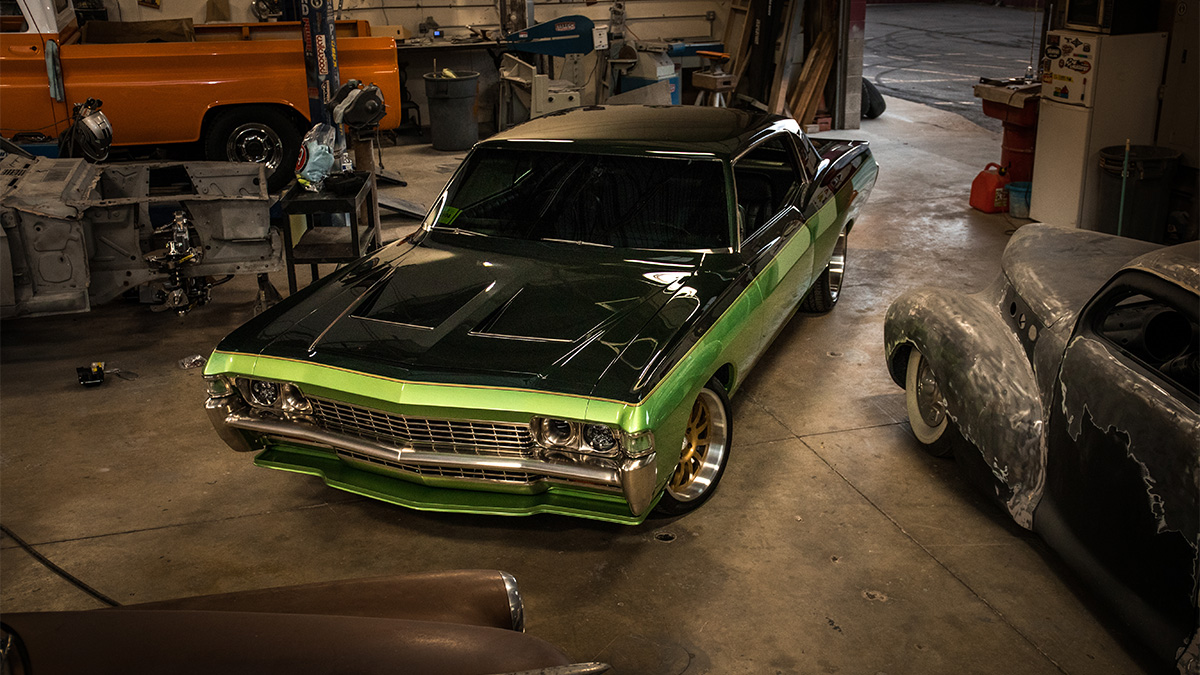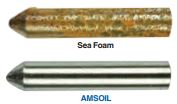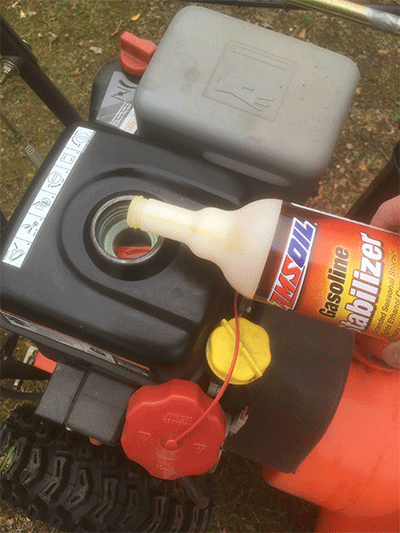MUSCLE CAR MANIA: Chevy* Power We look under the hood at classic Chevy muscle car engines and the products to protect them. _by Brad Nelson|March 1, 2024 The glory days of the muscle-car era were fueled by a war between American automakers for stoplight-to-stoplight power and speed. The victors were speed demons who craved increasingly […]
You are browsing archives for
Tag: gasoline stabilizer
Small engine won’t start? Identifying th
Small engine won’t start? Bad gas is the number-one reason, and here’s how to prevent it. Len Groom | TECHNICAL PRODUCT MANAGER, POWERSPORTS In northern Minnesota, where I live, the temperature occasionally breaks 80ºF (27ºC) in the summer. When it does, it’s time to fire up my Jet-Skis* and hit the lake. The last thing […]
How to Store a Snowblower
How to Store your Snowblower properly. Prevent damage during summer season. John Baker|Apr 06, 2020 2:12 PM Storing a snowblower properly is vital to ensuring it fires up when the snow eventually returns. When the first storm of the season dumps eight inches of snow on your driveway, you don’t want to be messing around […]


